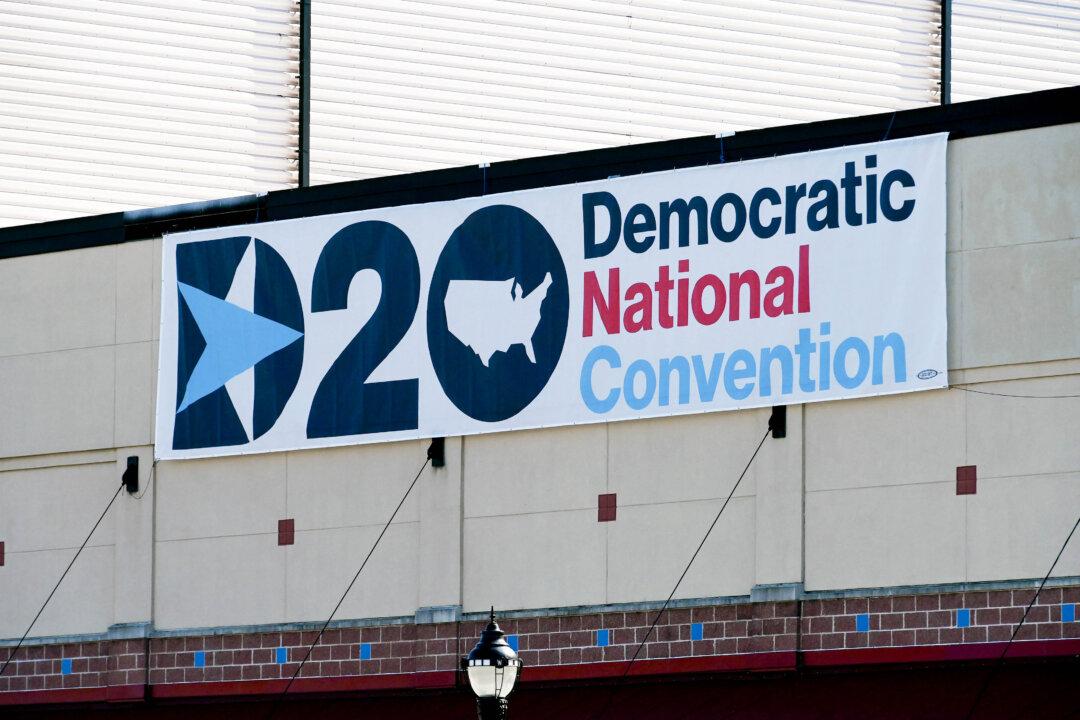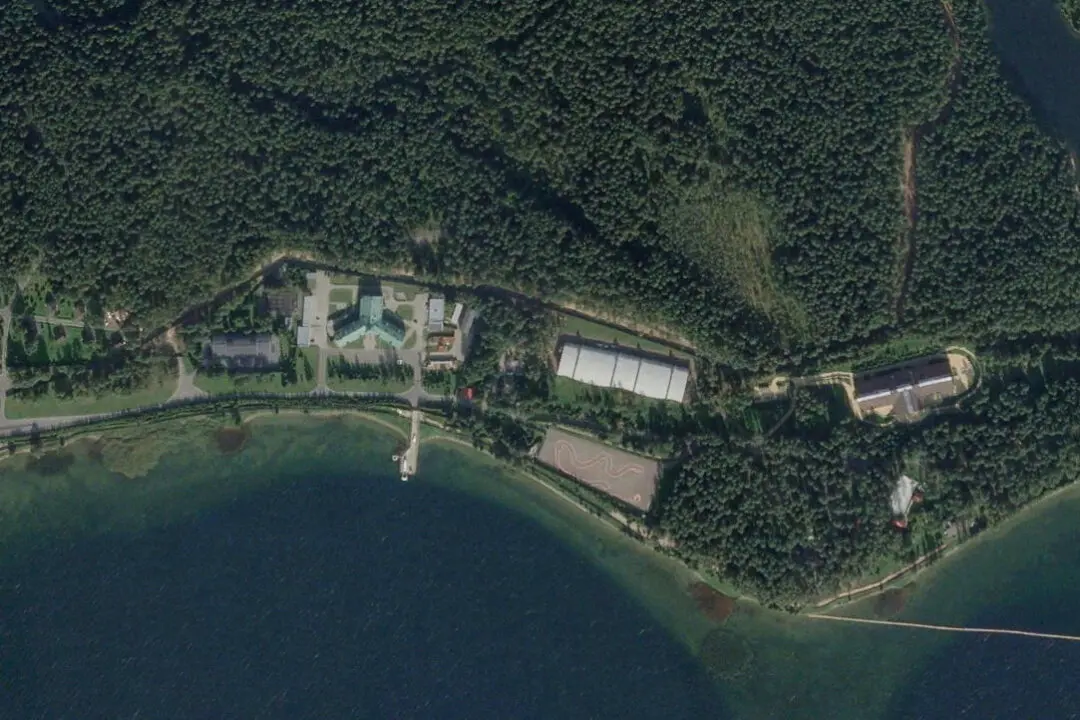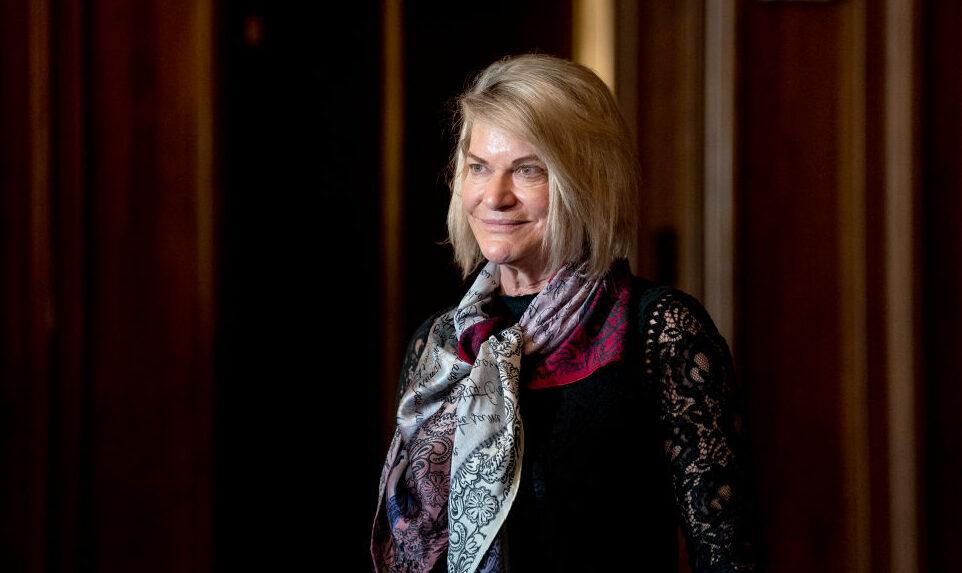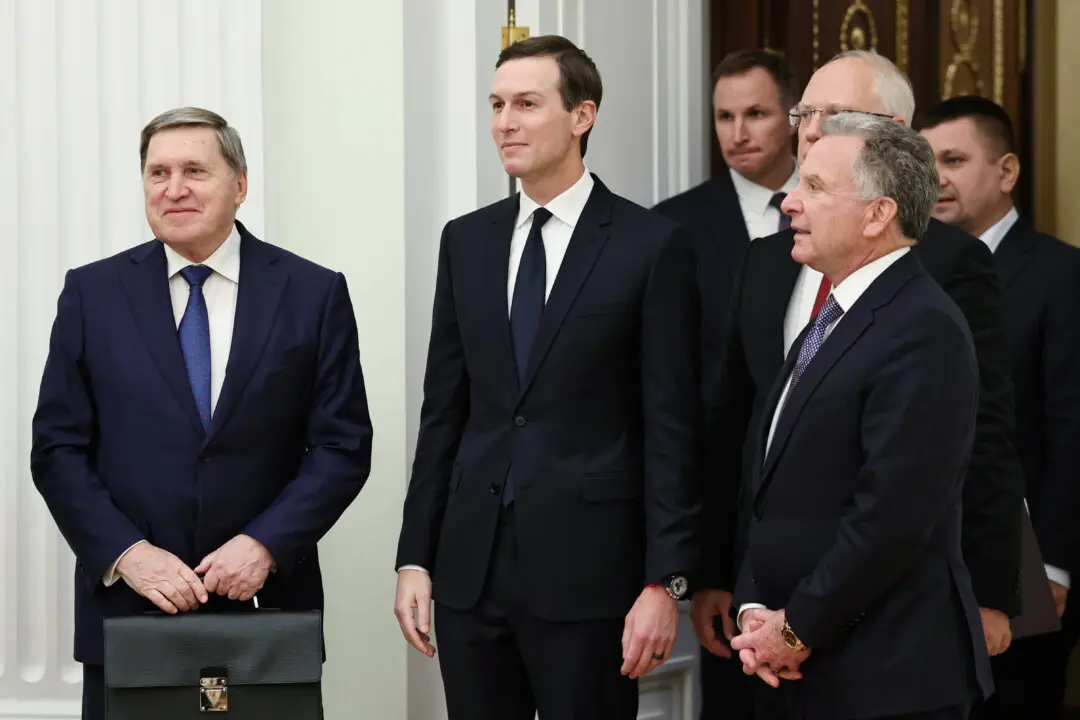After moving to a virtual event in 2020 to accommodate the COVID-19 pandemic, the Democratic National Committee (DNC) is set to host its first in-person nominating convention in eight years.
Vice President Kamala Harris and her running mate, Minnesota Gov. Tim Walz, are set to be coronated at the 2024 DNC convention in Chicago from Aug. 19–22. Harris, if elected, would be the first woman president in U.S. history.





